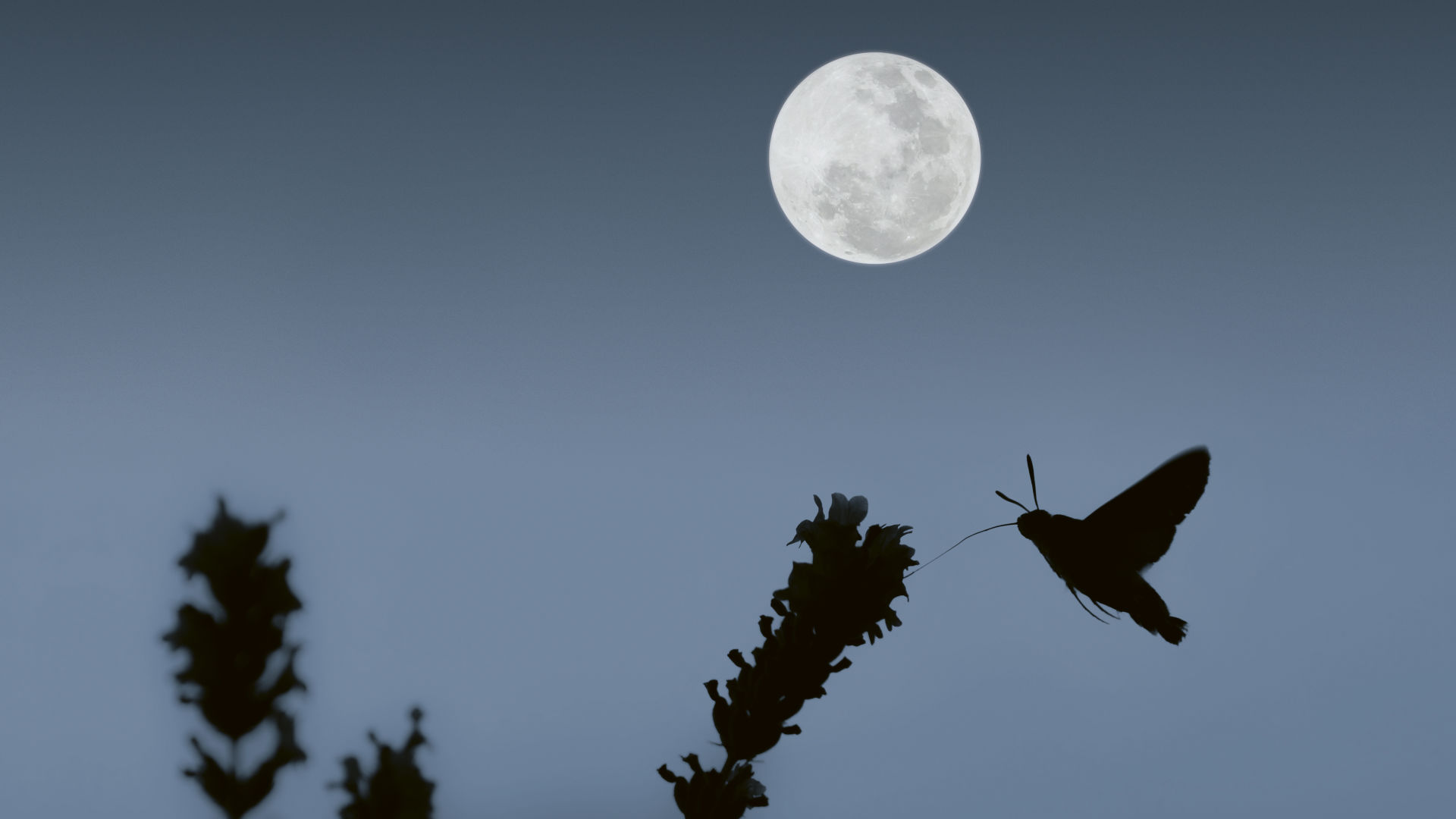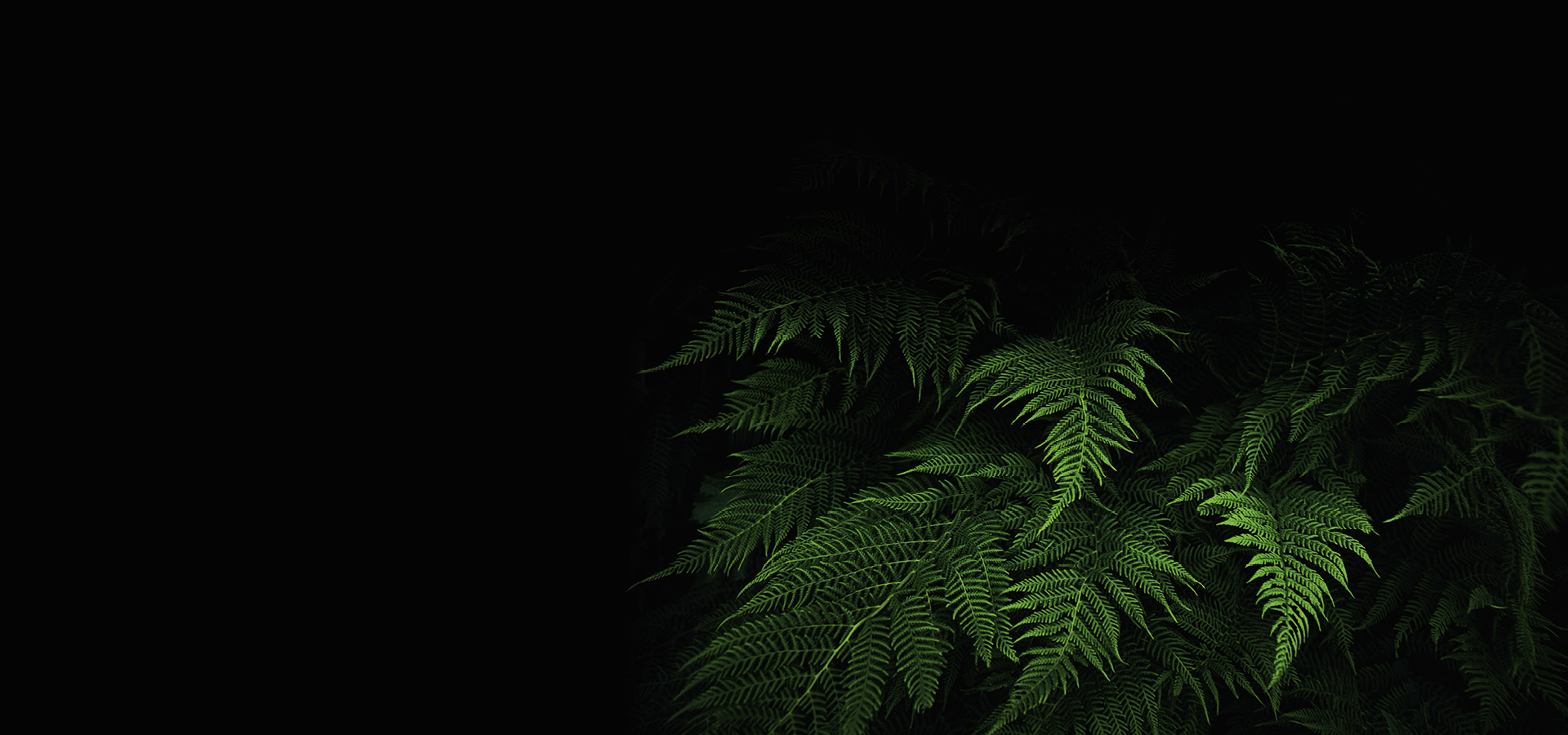
The effect and significance of artificial light
Natural light sources such as the sun and the moon influence the biological activity of plants and microorganisms as well as the instincts of humans and animals. Moonlight helps animals navigate in the dark, especially insects, which are by far the group of animals with the most species. Changes between light and dark, the light incidence direction and the rhythm of light in the form of the duration of daily light use also have an influence on the lives of organisms.
Artificial light – especially light with high blue light content – has an attractive effect on animals, especially insects and birds. It can severely disrupt life’s natural rhythms. The consequences can be far-reaching: Impairment of reproductive and foraging activities and even the death of animals in the vicinity of artificial light sources. In order to minimise negative influences on the ecosystem as a whole, light should not be a disruptive factor to the natural balance. Our focus is on responsible outdoor lighting that addresses the fundamental relevance of illumination to ensure safety and create identity. It illuminates our habitats and avoids adverse effects on animals as much as possible – in natural areas as well as in urban environments.

Principles of efficient ecological illumination
The following guidelines form an important basis for ecologically and economically balanced lighting design:
Each light should have a clear purpose and should be compatible with features of its surroundings (natural areas, residential areas, urban areas, industrial areas)
Light should only be directed to where it is needed – taking into account relevant regulations
Light should never be brighter than necessary, and should be integrated into a needs-oriented control system
Glare, stray light, and lateral or upward light emission from the luminaires should be avoided
In natural surroundings in particular, shielded light points close to the ground should be planned and implemented wherever possible
Wherever possible, the use of warm light colours should be preferred – 3000 Kelvin or less, due to the reduced blue light content
Luminaires should have the highest possible protection type to prevent insects from entering and subsequently dying inside the luminaire housings
The The surface temperature of the luminaires should be as low as possible – avoiding unnecessary heat radiation will additionally protect wildlife
The influence of blue light component on insects and humans
Reducing the blue light component decreases the attraction of light to animals and specifically insects is recommended. BEGA luminaires usually feature a colour temperature of 3000 Kelvin .
Many BEGA luminaires are currently already mass produced with a colour temperature of 2700 or 2200 Kelvin. On request, we can deliver almost any luminaire model in additional colour temperatures.

Light wavelength visibility in: 🟢 Insects (nocturnal) 🟠 Humans



Ecologically efficient lighting solutions for the beautification of living spaces
Unnecessary light emission should be avoided in the implementation of ecologically efficient lighting solutions. However, the illumination of important living spaces must be ensured. On the other hand, structures usually have a special cultural, historical or architectural significance. This significance must be presented as identifiable and visually evocative focal points in the dark – or at least during early evening hours.

Dark Sky
Luminaires for natural environments

BEGA BugSaver ®
Eco-friendly illumination for the protection of nocturnal fauna